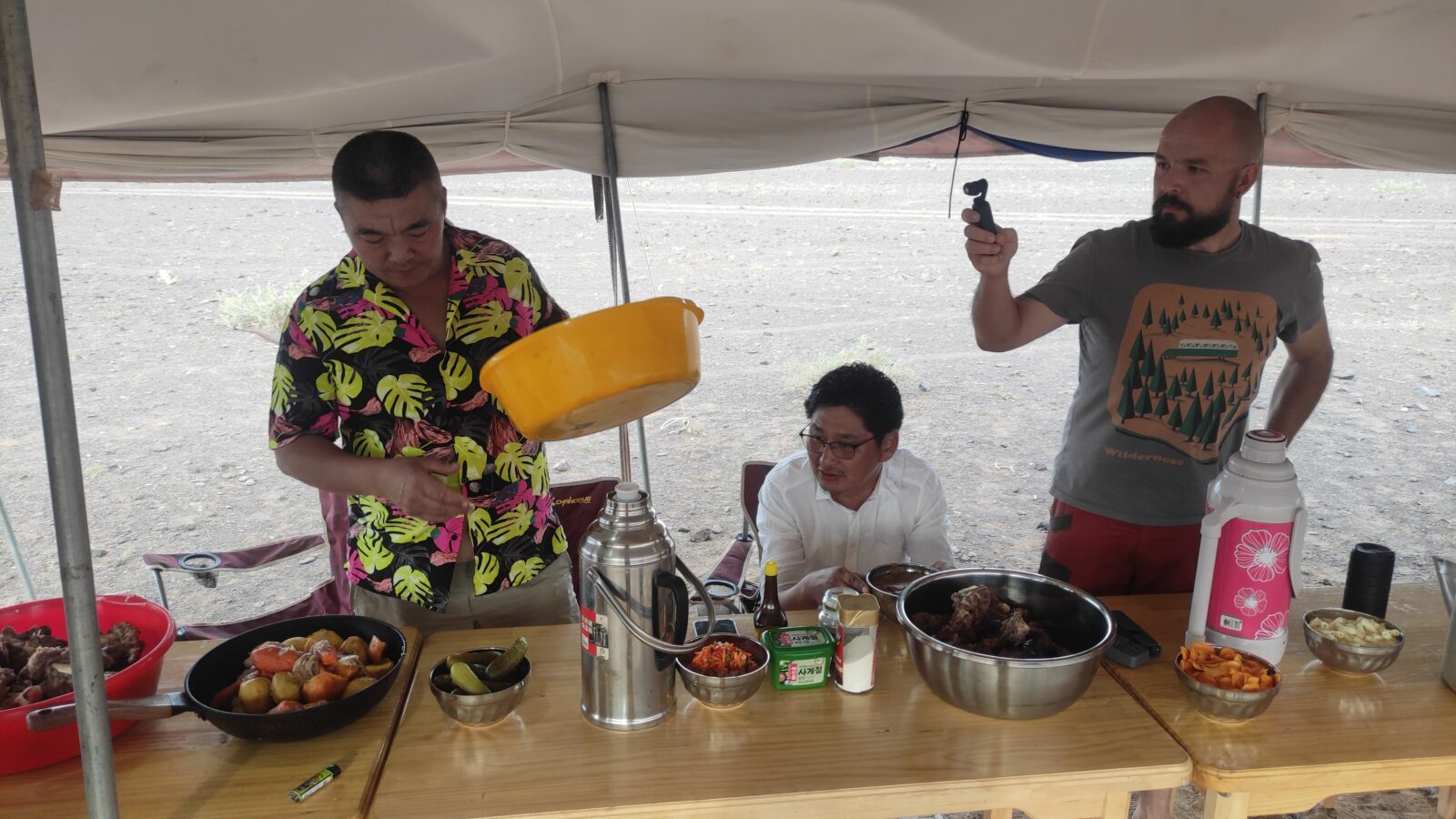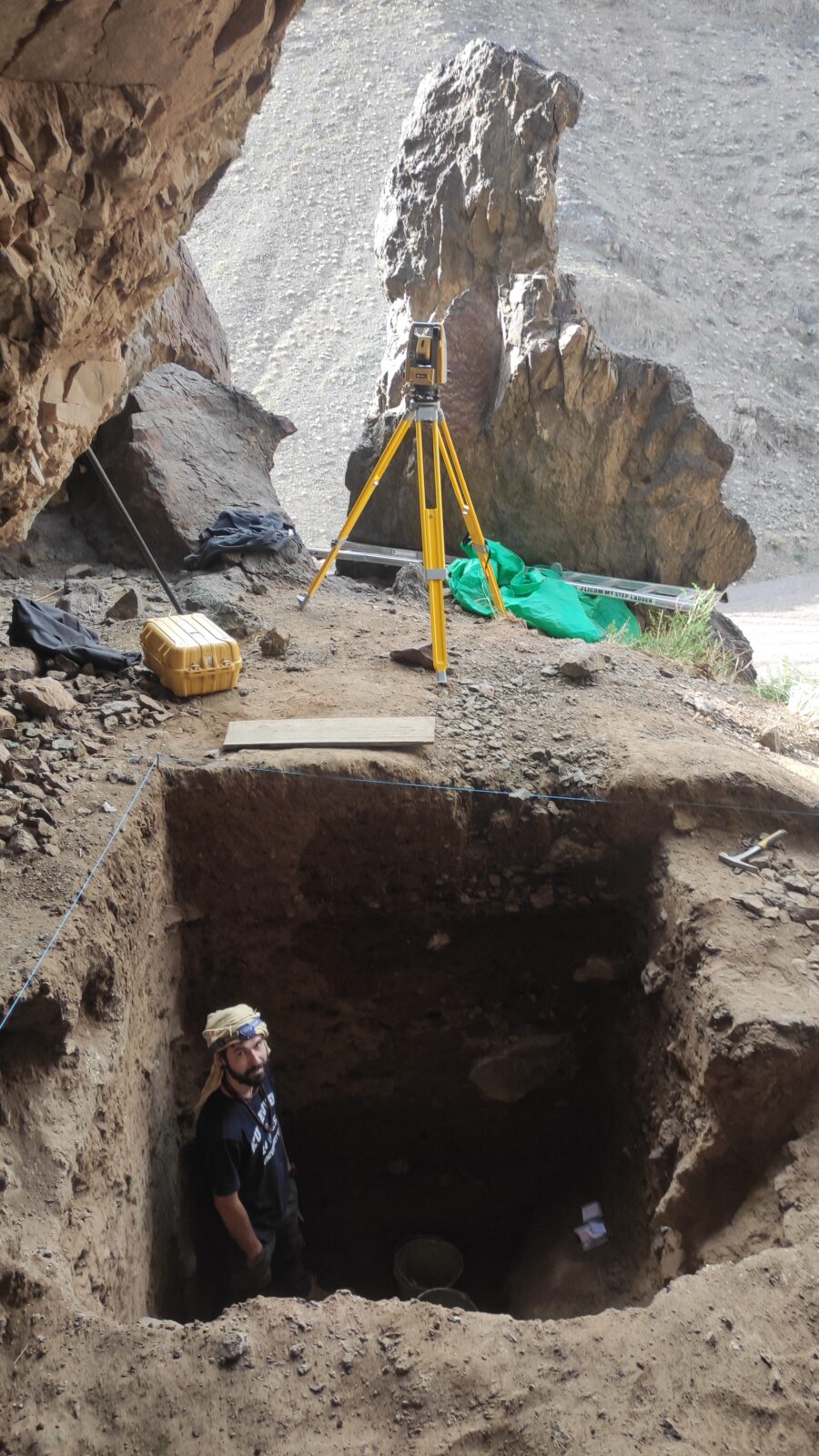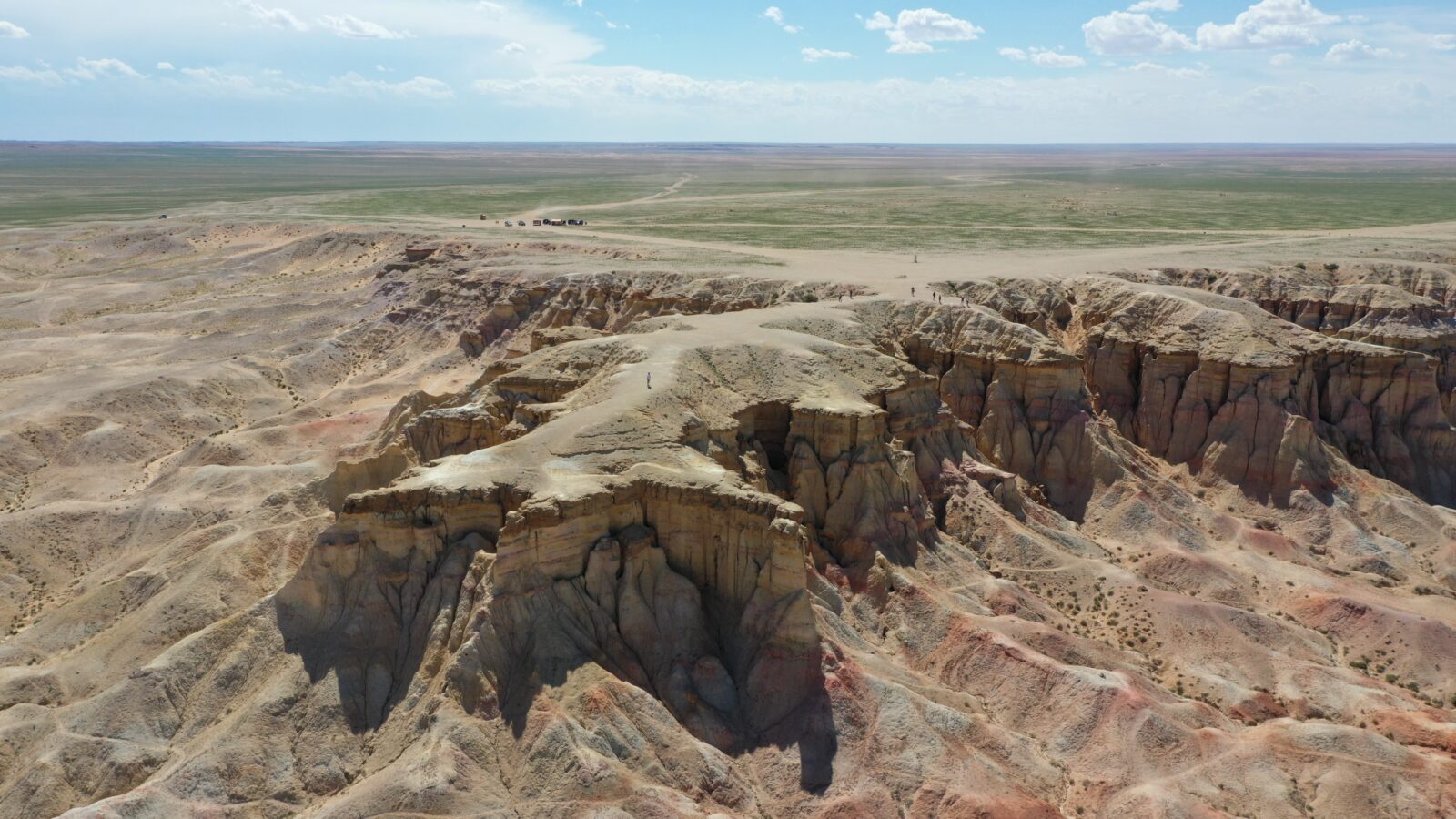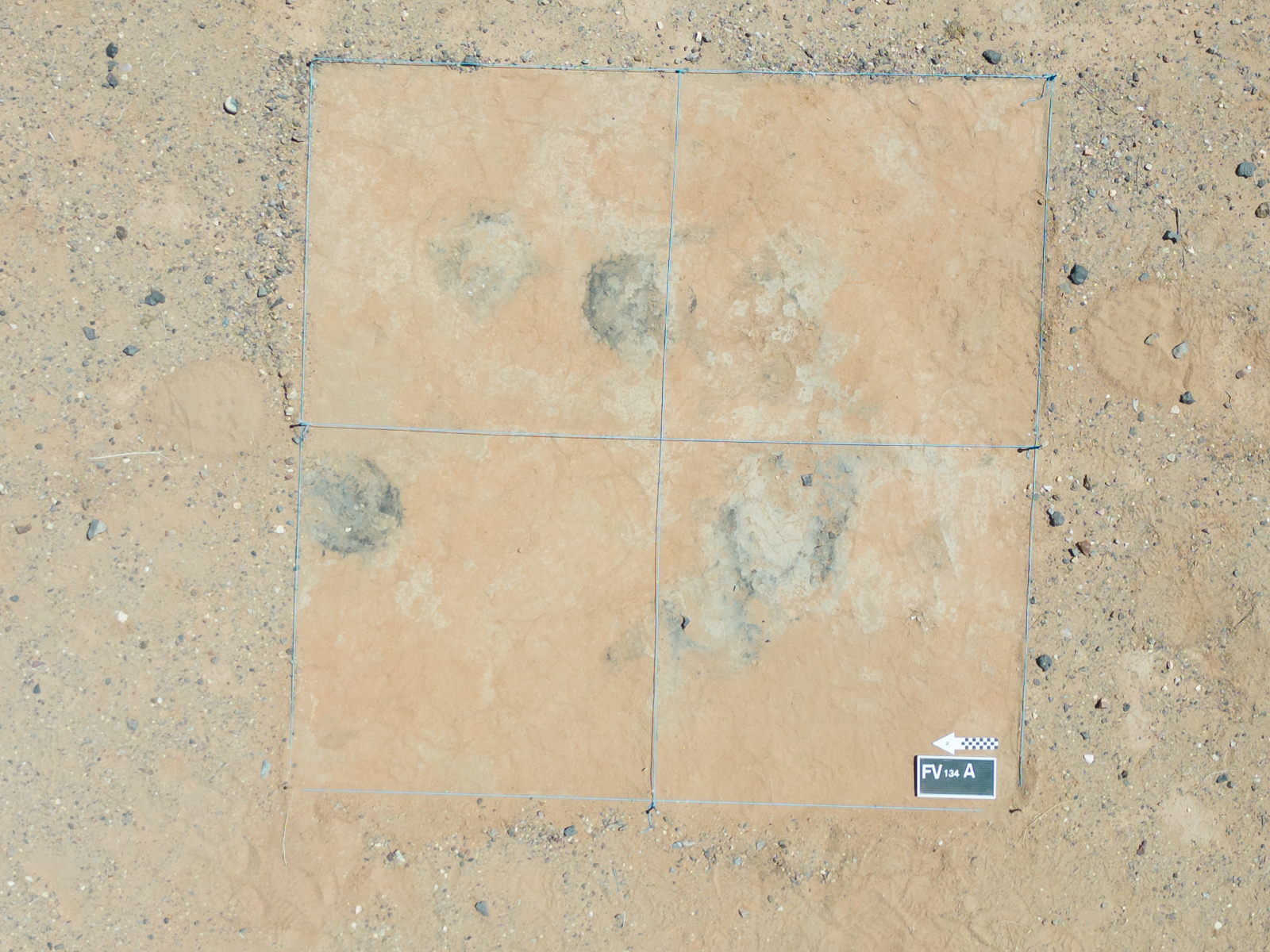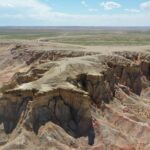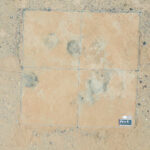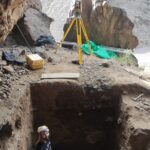
Archaeological research in Mongolia
Author: Grzegorz Michalec
Searching for prehistoric communities of Gobian Altai: archaeological research of the University of Wrocław in Mongolia
Scholarly expedition realised as part of “Around Tsakhiurtyn Hondi. Study on stone age in Altai and Gobi Desert frontier in Mongolia” project (OPUS 17 2019/33/B/HS3/01113), led by prof. UWr, dr hab. Mirosław Masojć, ended at the beginning of August. Six-week stay was the second of three seasons of fieldwork planned during the realisation of the project.
The project is led in cooperation with the Mongolian Academy of Sciences, the Mongolian National University of Education, the Archaeological Museum in Gdańsk, the Institute of Archaeology and Ethnology PAN [the Polish Academy of Sciences], and the Polish Geological Institute.
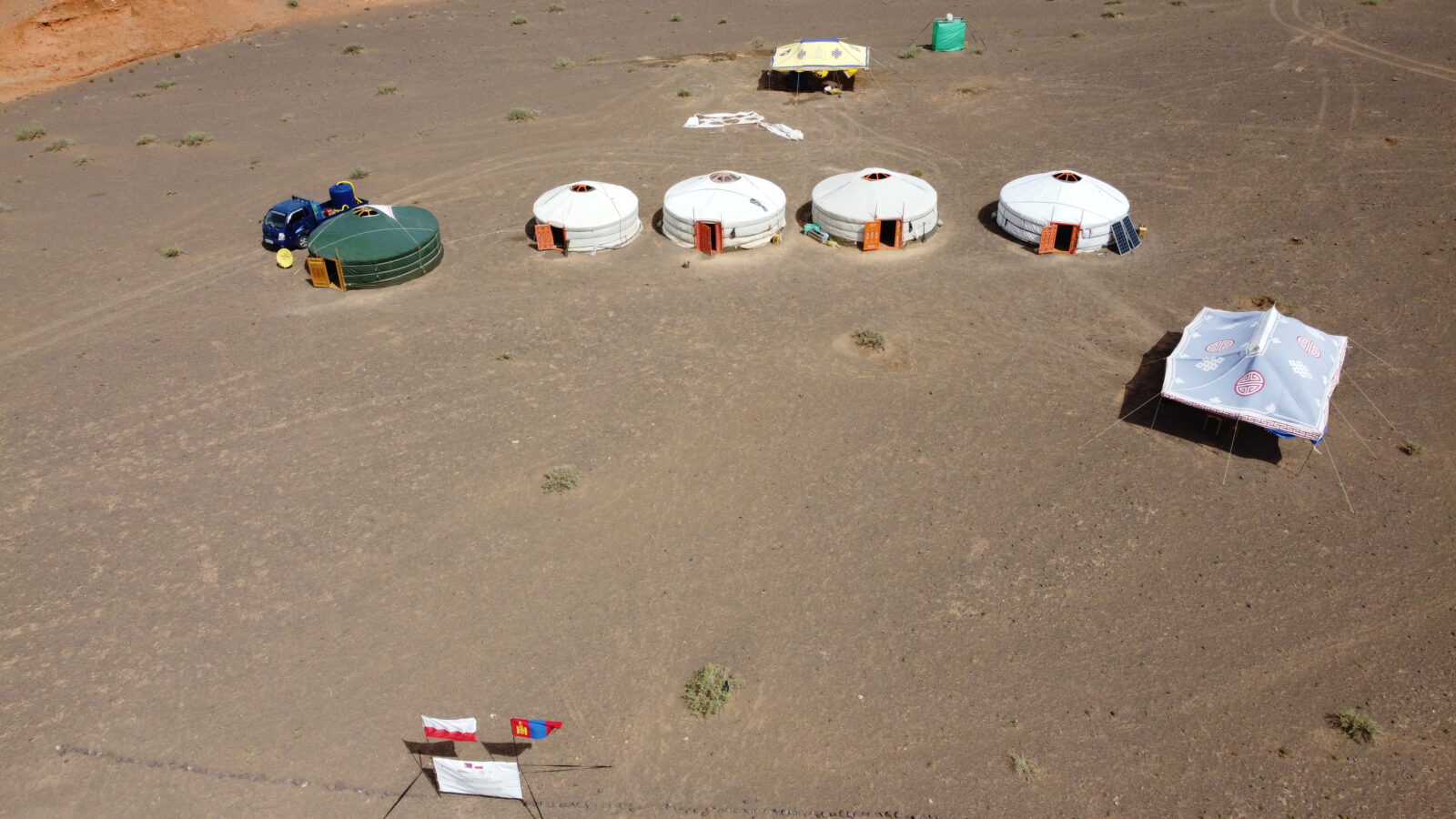
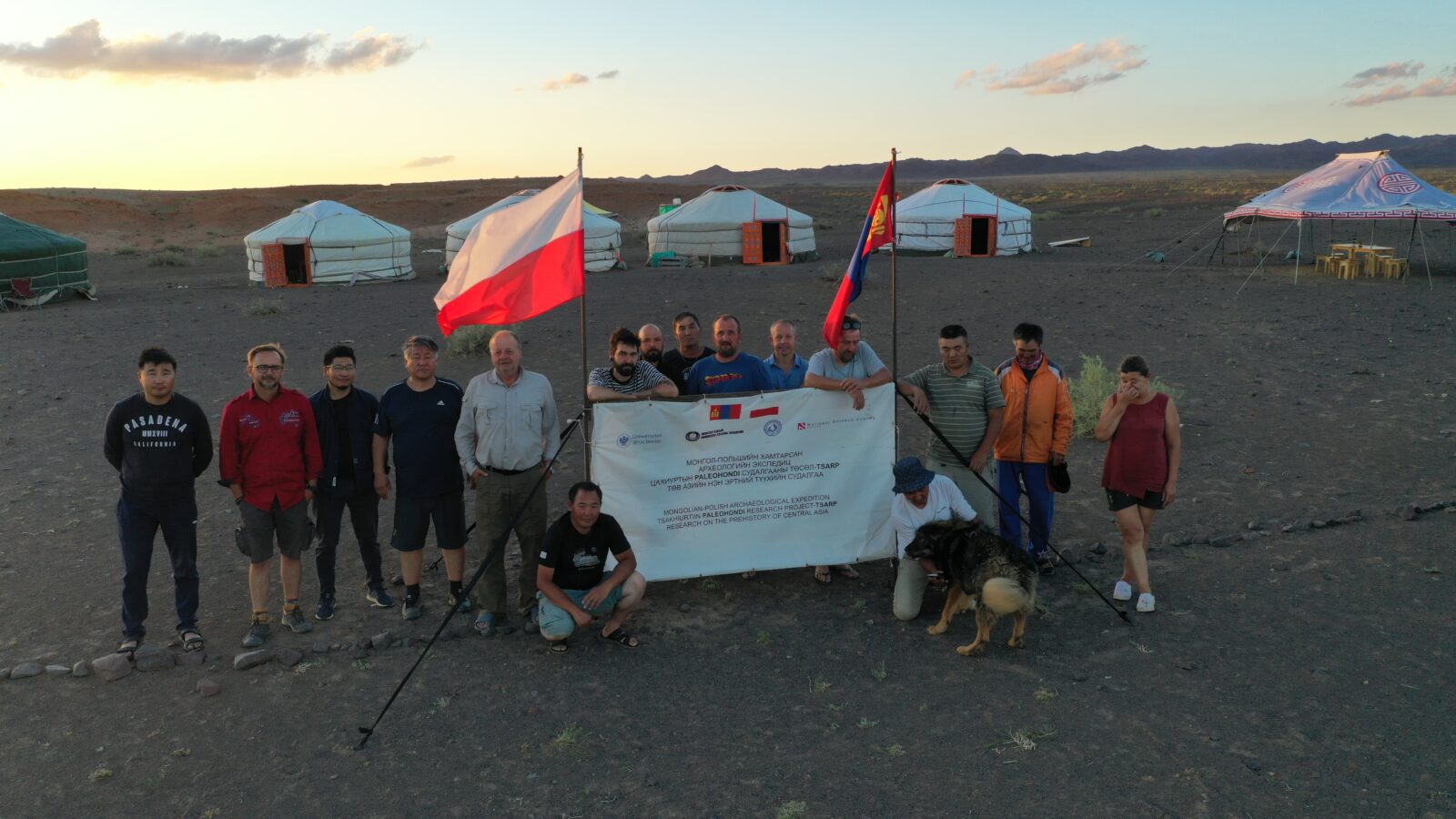
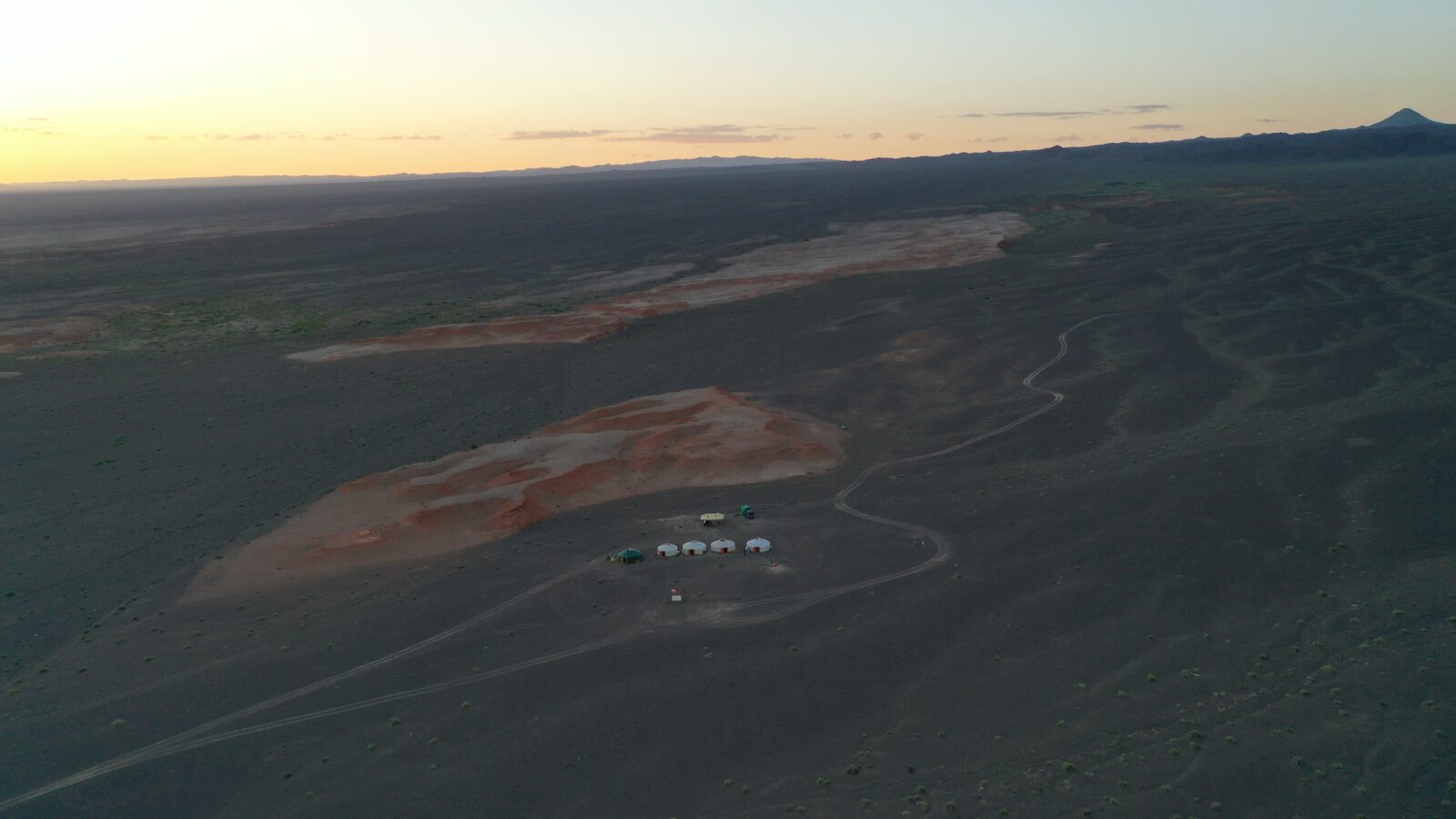
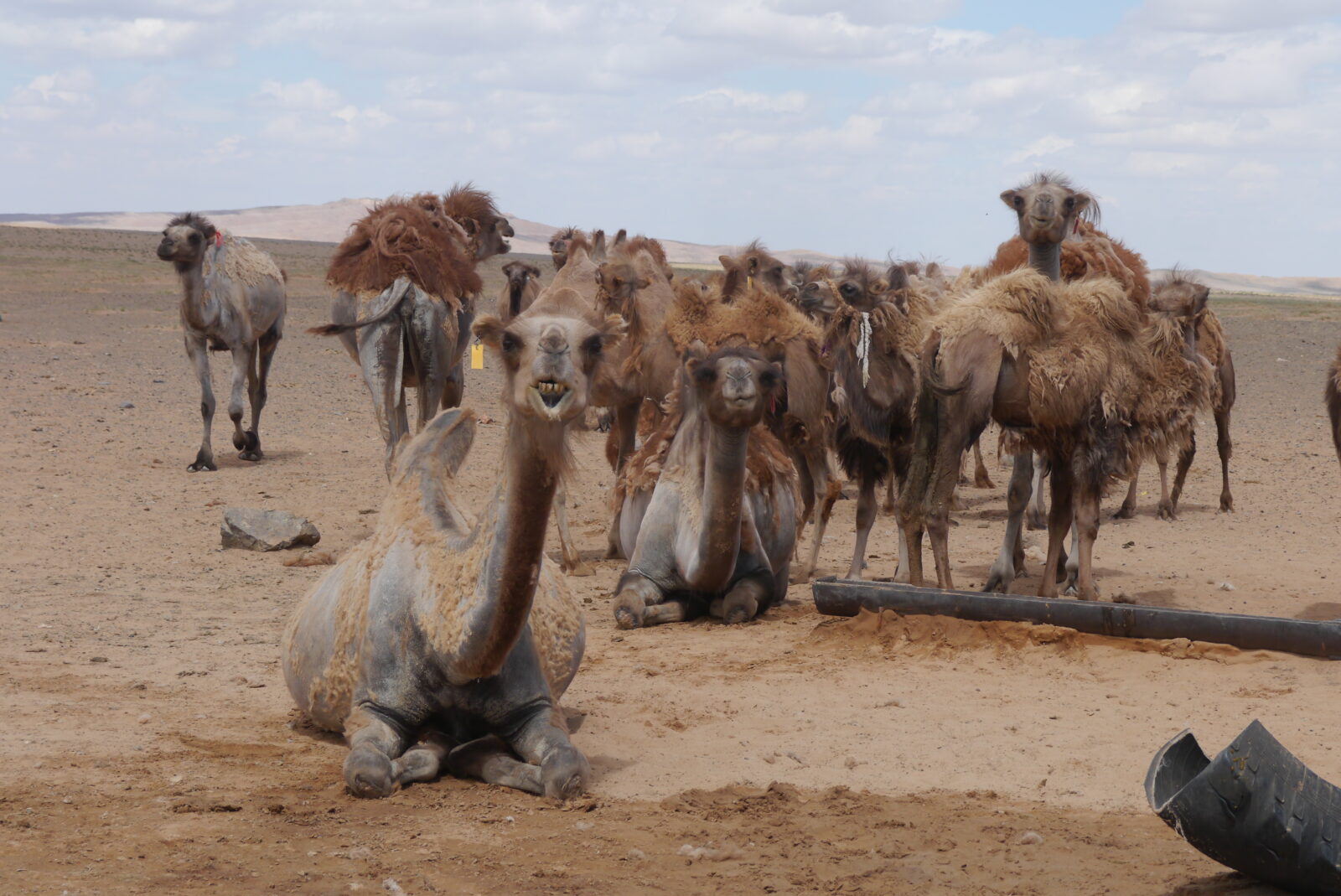
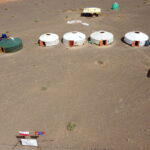
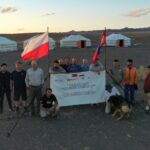
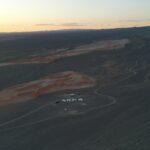
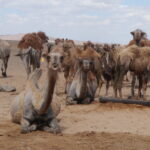
Research is carried out in Gobian Altai, in a place which is a frontier of two administrative areas: Övörkhangai Aimag and Ömnögovi Aimag. The camp, which consists of five yurts (a traditional household of nomadic communities of Central Asia), is in a desert area, several kilometres from south-western mountain range called Arts Bogdyn Nuuru. Living conditions do not make research any easier in this area – harsh desert climate with temperatures over 40 degrees Celsius during the day, no running water, poor diet based mainly on meat of locally bred goats and sheep, dairy products, and scarce vegetables – can be very inconvenient during a long stay in the field. Expedition members had to face sandstorms and periodically emerging heavy rainfalls. Staying in this place, which has not been reached by strong anthropopression and which has not been transformed by humanity yet, has major advantages: a beautiful desert landscape surrounded by mountains, contact with wildlife, and perfectly visible constellations and the Milky Way at night.
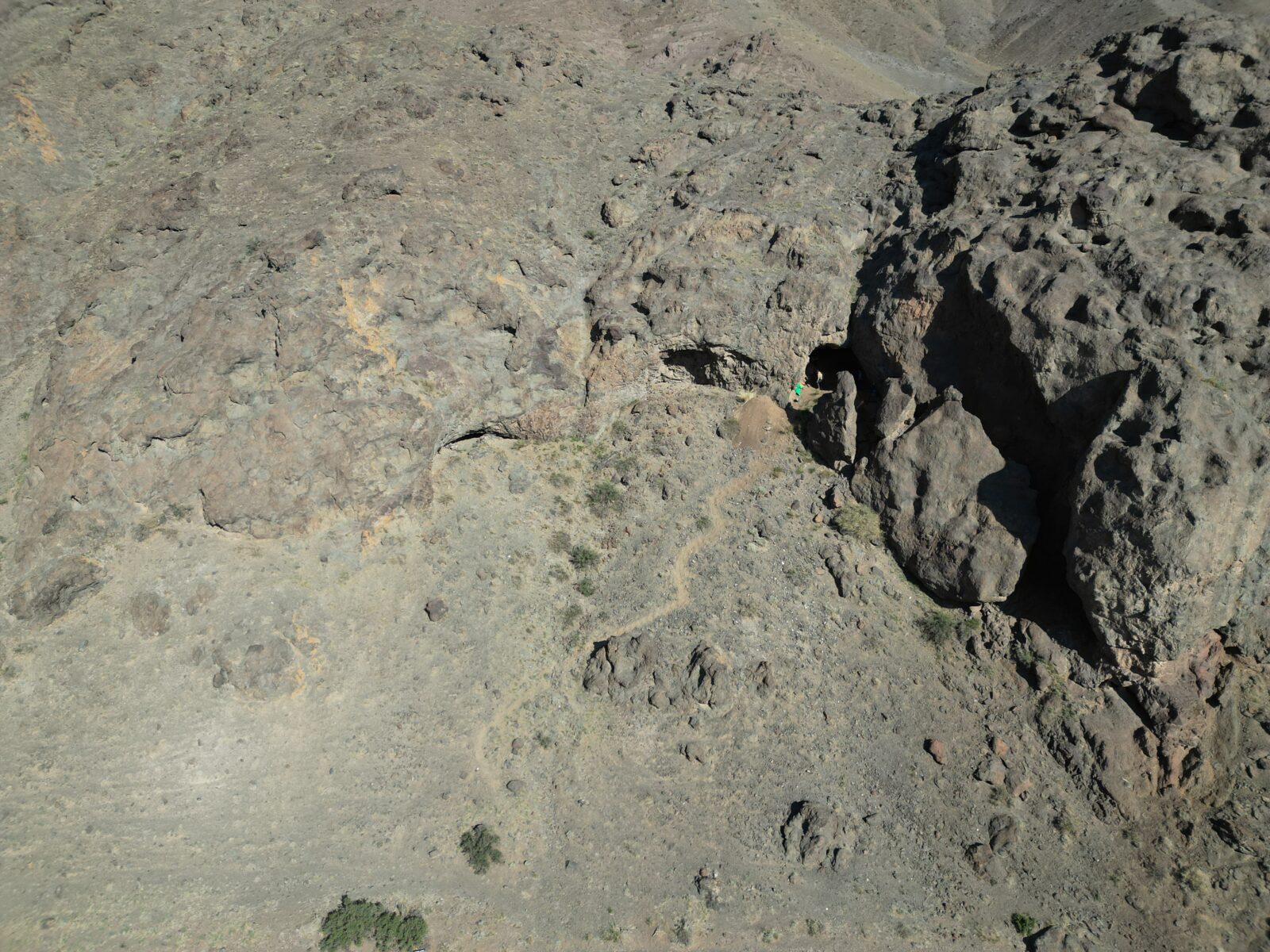

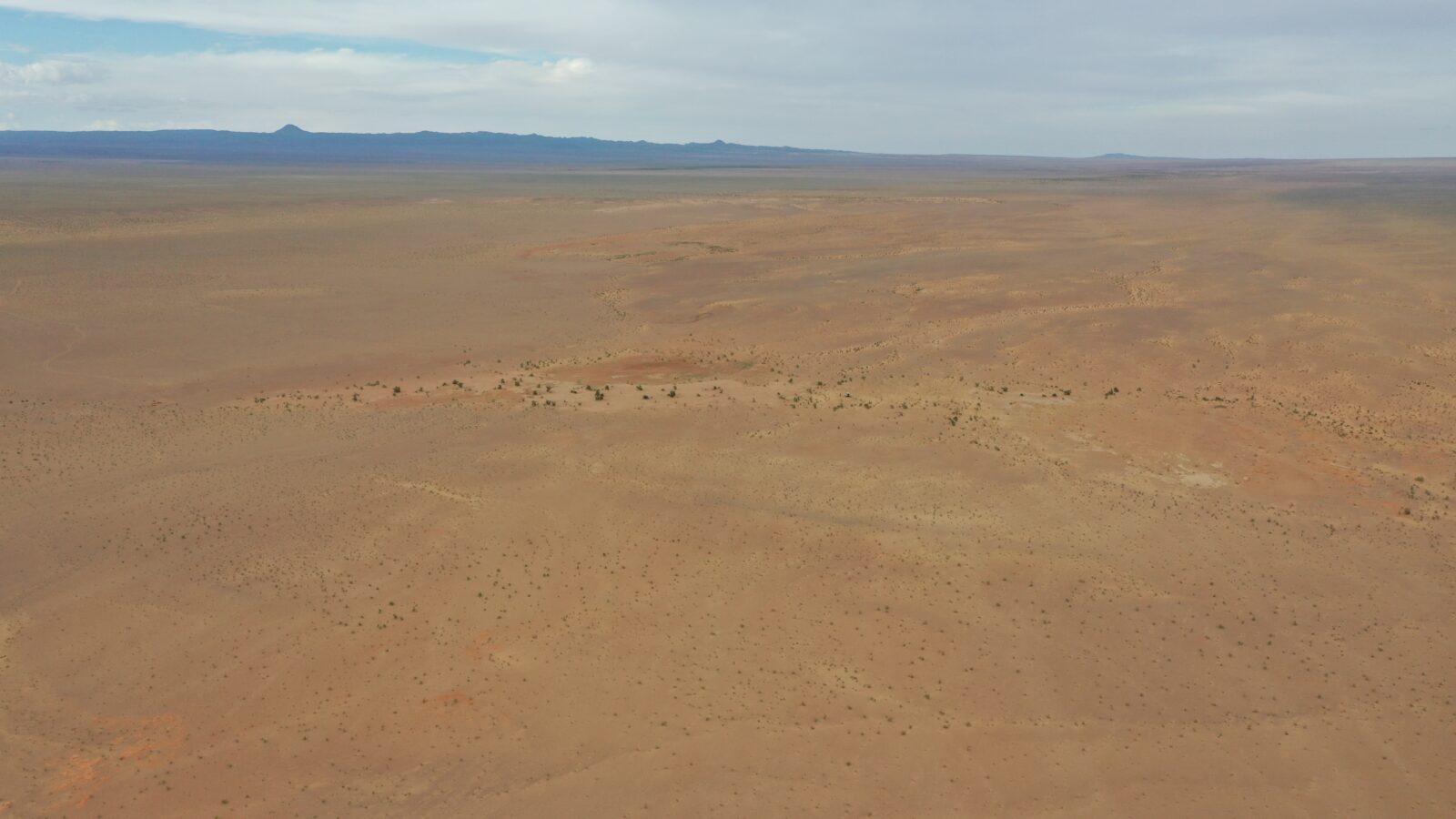

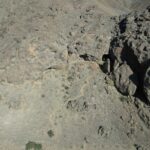
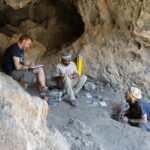
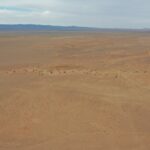
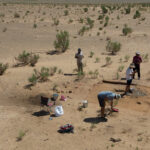
The main objective of the project is to find any human activity in Pleistocene and early Holocene in the area surrounding so-called Flint Valley, which was an easily accessible source of siliceous rocks used for production of tools at that time. Undertaken studies are oriented towards defining the relation between humankind and environment, survival strategies, characteristics of settlement network, and mobility of communities which inhabited this region.
Pleistocene communities, due to their hunter-gatherer socioeconomic model, were characterised by great mobility connected with gathering food and resources (stone and organic) used for production of objects of everyday use. So far, archaeological, anthropological, and paleogenetic studies of areas in Mongolia and adjacent to Mongolia (Russia, China) show that before the arrival of Homo sapiens (from 350,000 to around 50,000 years ago), this region was inhabited by different species – Homo neanderthalensis and Homo denisoviensis. Data gathered during the realisation of the project may play a major role in studies concerning the spread of our species. Major climate and environmental changes during the early Holocene determined changes of human survival strategies. Archaeological data shows that humans still used adaptable economy model. However, there is a significant difference concerning the emergence of technological innovation – production of ceramic vessels.
So far, studies focused on establishing range and type of human settlement around four palaeolakes discovered in the area of several dozens of square kilometres. Dating of sediments extracted during drilling the bottoms of reservoirs suggests functioning of said reservoirs from 150,000 years ago to around 4,000 years ago. Furthermore, one of nearby caves located in a mountain range was probed, which led to discovery of several settlement complexes.
This year’s studies, apart from prospecting the surface in order to localise new posts, focused on continuing excavations on late Pleistocene and Holocene posts by the third palaeolake, and on FV8 cave post in Bogdyn Nuuru massif.
FV8 post is located at a height of 1,650 m a.s.l. and around 40 metres above the level of nearby Khutul Usny valley. A rather small main chamber is the object of conducted studies. There is a massive rockfall near said main chamber, with another crevice cave by it. No trace of human activity has been found in the crevice cave so far.
The objective of this year’s work was to widen the area of excavation by 4 square metres (3 square metres were explored in 2022) and to examine archaeological and stratigraphic situation in the area. Excavation was finished at a depth of 2.8 m. The results confirm earlier findings that the cave was inhabited by humans several times in several time periods – from the Pleistocene to the early Holocene. In the area of the deepest stratigraphic unit (VII), which is loess, over a dozen of bone beads were discovered apart from stone artifacts and numerous animal remains. Technological analyses of relics and dating results (25,000 BP) of animal remains discovered around younger layer V via C14 method, connect the oldest complex with the early Palaeolithic. These results are going to be verified in the nearest future via OSL methods of dating sediments, as well as via dating organic remains using C14 method. What is more, so far unexplored area of a lake located southwesternmost, so-called the fifth lake, was explored this year. Excavations were carried out in several most promising newly discovered posts. In the area of these posts there were found remnants of human activity connected with the early Holocene communities of hunters-gatherers. Apart from numerous very well preserved fireplaces and small pits with rocks and pottery surrounding said fireplaces, several concentrations of stone relics were found, indicating the leftovers of stone tools workshops in camps inhabited by these groups. Recording numerous objects made of ostrich eggs – complete beads and pendants – was an important event. This year’s research group consisted of: director of the project, prof. UWr, dr. hab Mirosław Masojć, co-director of the project dr hab. Byambaa Gunchinsuren (Mongolian Academy of Sciences), prof. Józef Szykulski (Institute of Archaeology UWr), dr Przemysław Bobrowski (IAiE PAN),dr Maciej Jórdeczka (IAiE PAN), dr Bazargur Dashzeveg (Mongolian Academy of Sciences), dr Davaakhuu Odsuren (Mongolian National University of Education), dr Odpurev Gankhuyag (Mongolian National University of Education), dr Enkhtaivan Namjiilma (Mongolian National University of Education), mgr Grzegorz Michalec (Institute of Archaeology UWr), mgr Patryk Muntowski and Marcin Szmit (Archaeological Museum in Gdańsk).
Translated by Emilian Olsiewicz (student of English Studies at the University of Wrocław) as part of the translation practice.
